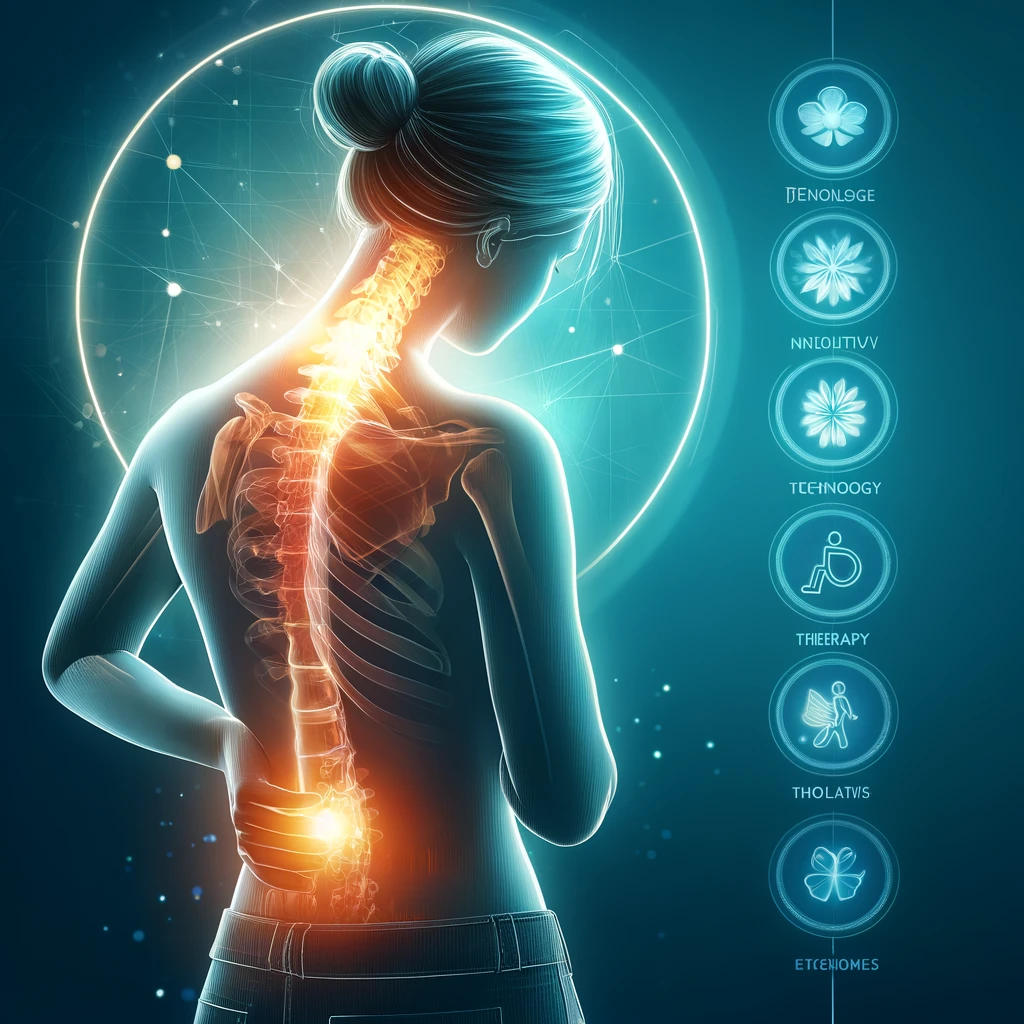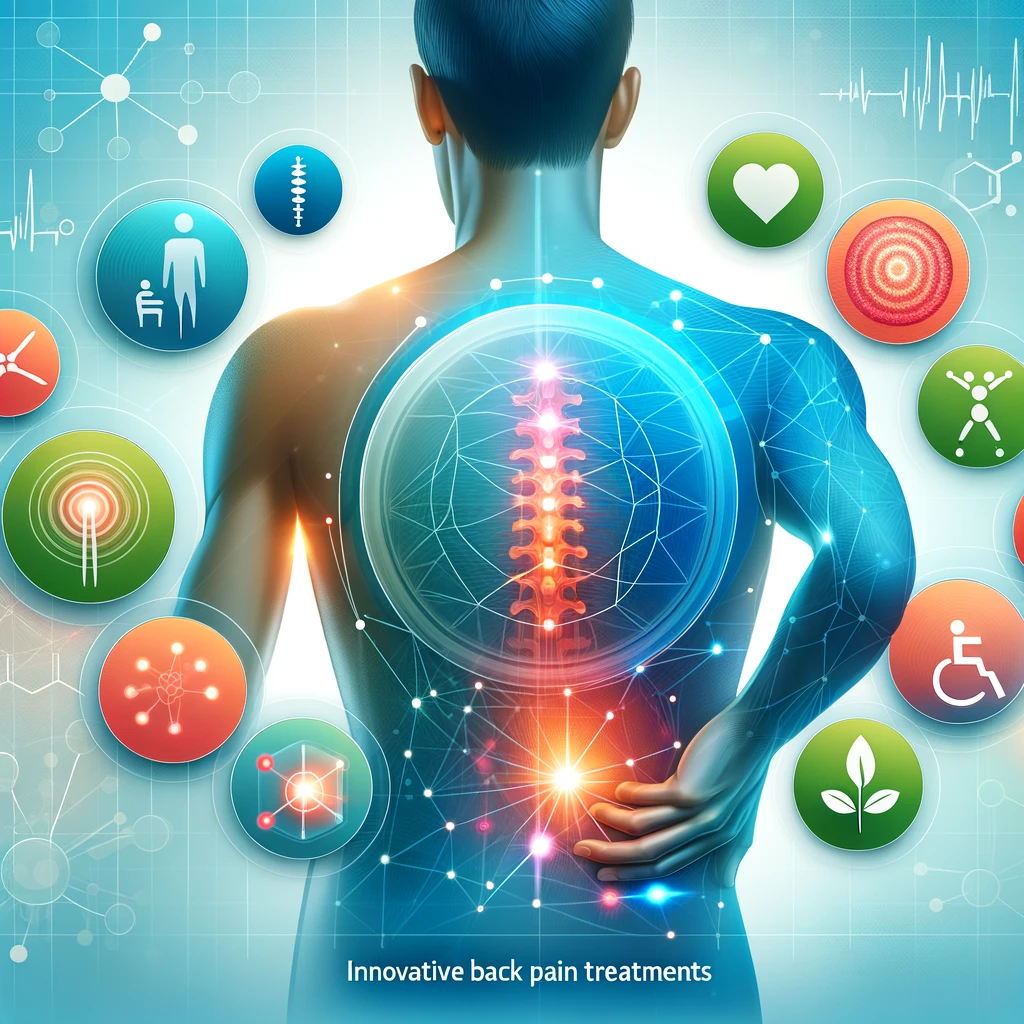
Table of Contents
Back pain is a common ailment that affects millions of people worldwide. It can be debilitating and significantly impact one’s quality of life. With the increasing prevalence of back pain, the importance of finding effective and innovative treatments has never been greater. This article delves into the latest developments in back pain treatment, offering hope and new solutions for those who suffer from this pervasive issue.
Understanding Back Pain
Common Causes of Back Pain
Back pain can stem from a variety of causes, including poor posture, muscle strain, herniated discs, and underlying medical conditions such as arthritis. Understanding the root cause is crucial for determining the most effective treatment.
Types of Back Pain
Back pain can be categorized into two main types: acute and chronic. Acute back pain is short-term and often results from an injury or overuse. Chronic back pain persists for more than three months and may require a more comprehensive treatment approach.
Traditional Back Pain Treatments
Physical Therapy
Physical therapy is a common treatment for back pain, focusing on exercises and techniques to strengthen the muscles and improve flexibility.
Medication
Pain relief medications, including nonsteroidal anti-inflammatory drugs (NSAIDs) and muscle relaxants, are often prescribed to manage back pain symptoms.
Surgery
In severe cases, surgery may be necessary to correct structural problems in the spine. However, surgery is usually considered a last resort due to its invasive nature and lengthy recovery time.
Limitations of Traditional Treatments
Effectiveness
While traditional treatments can be effective, they do not work for everyone. Some patients may experience minimal relief or even adverse effects.
Side Effects
Medications can have side effects, including gastrointestinal issues, drowsiness and dependency risks.
Recovery Time
Surgical interventions often require extended recovery periods, which can be challenging for patients.
Emerging Non-Invasive Treatments
Chiropractic Care
Chiropractic care involves spinal adjustments to alleviate pain and improve function. It is gaining popularity as a non-invasive option for back pain relief.
Acupuncture
Acupuncture, an ancient Chinese practice, uses fine needles to stimulate specific points on the body, promoting pain relief and healing.
Yoga and Pilates
Both yoga and Pilates focus on improving strength, flexibility, and posture, which can help alleviate back pain.
Innovative Pain Management Techniques
Cognitive-Behavioral Therapy (CBT)
CBT helps patients manage pain by changing negative thought patterns and behaviors associated with chronic pain.
Mindfulness and Meditation
Mindfulness and meditation practices can reduce stress and improve pain tolerance, providing a holistic approach to pain management.
Advanced Medical Technologies
Spinal Cord Stimulation
Spinal cord stimulation involves implanting a device that sends electrical pulses to the spinal cord, blocking pain signals to the brain.
Radiofrequency Ablation
This technique uses heat to disrupt nerve signals, providing long-term pain relief for some patients.
Laser Therapy
Laser therapy uses light energy to reduce inflammation and promote tissue healing, offering a non-invasive option for pain relief.
Regenerative Medicine
Platelet-Rich Plasma (PRP) Therapy
PRP therapy involves injecting concentrated platelets from the patient’s blood into the affected area, promoting tissue repair and reducing pain.
Stem Cell Therapy
Stem cell therapy uses the patient’s stem cells to regenerate damaged tissues, offering potential long-term relief for chronic back pain.
Wearable Technology for Pain Relief
Smart Posture Correctors
These devices help improve posture by providing real-time feedback and reminders to maintain proper alignment.
TENS Units
Transcutaneous electrical nerve stimulation (TENS) units send electrical impulses to disrupt pain signals, providing temporary pain relief.
Back Pain Tracking Apps
These apps help patients monitor their pain levels, track treatments, and provide data to healthcare providers for personalized care.
Telehealth for Back Pain Management
Virtual Physical Therapy Sessions
Telehealth allows patients to receive physical therapy from the comfort of their homes, making treatment more accessible.
Online Pain Management Programs
These programs offer resources and support for managing back pain through virtual consultations and personalized plans.
Personalized Back Pain Treatment Plans
Genetic Testing
Genetic testing can provide insights into a patient’s predisposition to certain conditions, allowing for tailored treatment plans.
Customized Exercise Regimens
Personalized exercise programs based on a patient’s specific needs can improve effectiveness and reduce the risk of injury.
Holistic Approaches
Diet and Nutrition
A balanced diet rich in anti-inflammatory foods can help reduce pain and support overall health.
Herbal Supplements
Certain herbs and supplements, such as turmeric and omega-3 fatty acids, have anti-inflammatory properties that can aid in pain relief.
Conclusion
Back pain is a pervasive issue that affects many aspects of life. However, with the advent of new treatments and technologies, there is hope for more effective and personalized care. By exploring these innovative approaches, patients can find the relief they need and improve their quality of life.
FAQs
What are the most effective new treatments for back pain?
Emerging treatments like PRP therapy, stem cell therapy and spinal cord stimulation have shown promising results for many patients.
How can wearable technology help with back pain?
Wearable devices such as smart posture correctors and TENS units provide real-time feedback and pain relief, helping manage and reduce back pain.
Are there any risks associated with regenerative medicine for back pain?
While regenerative therapies like PRP and stem cell therapy are generally considered safe, they may carry risks such as infection or adverse reactions. It’s essential to consult with a healthcare provider.
How does telehealth improve back pain management?
Telehealth makes it easier for patients to access care, receive virtual physical therapy, and participate in online pain management programs from the comfort of their homes.
What holistic approaches can complement back pain treatment?
Diet and nutrition, herbal supplements, mindfulness practices and exercise can all play a role in a comprehensive back pain treatment plan.


